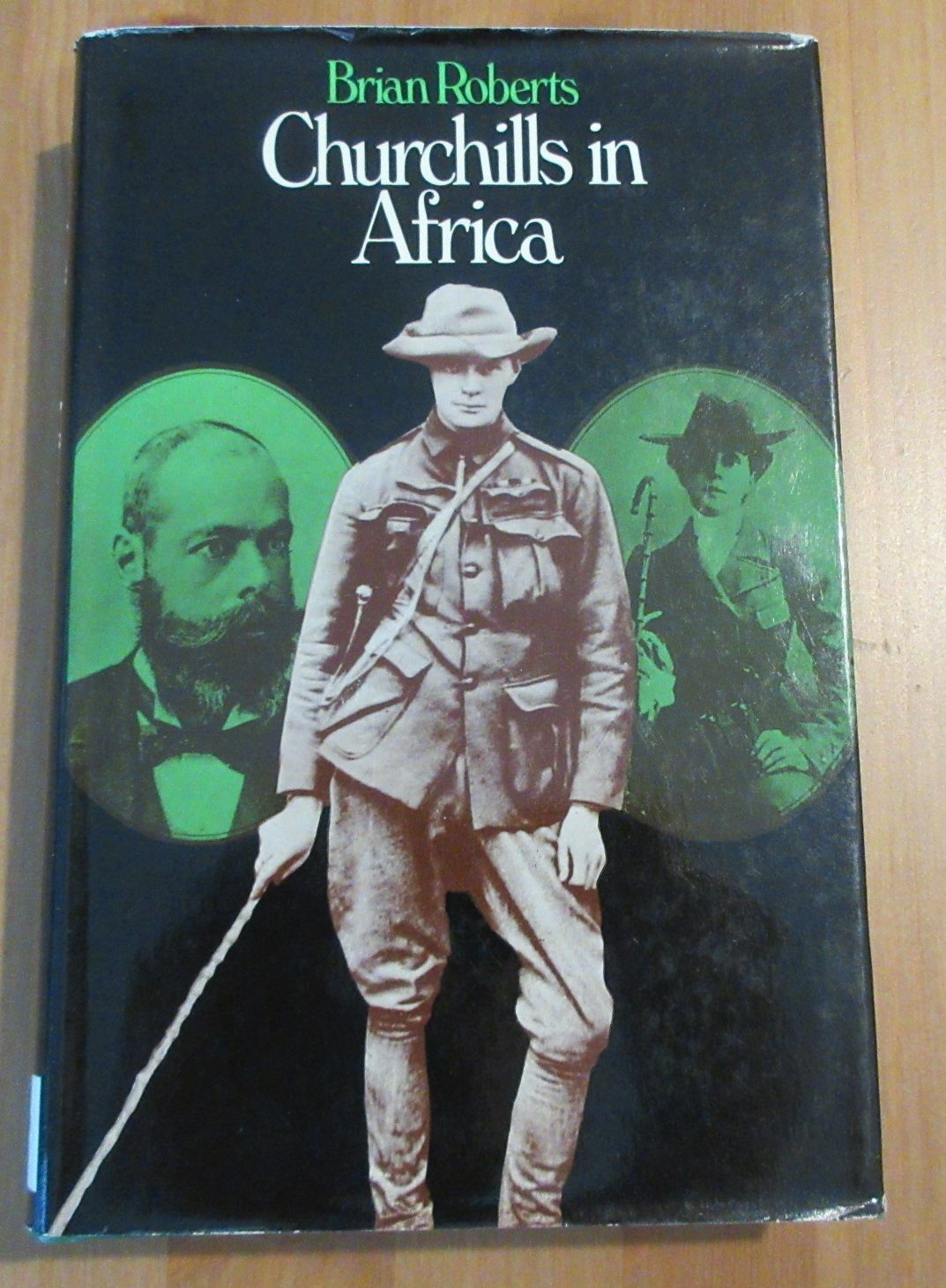-40%
SPANISH AMERICAN WAR, EIGHTH ARMY CORPS, U.S. ARMY, INSIGNIA
$ 66
- Description
- Size Guide
Description
SPANISH AMERICAN WAR, EIGHTH ARMY CORPS, U.S. ARMY, INSIGNIAThe Eighth Army Corps was formed on June 21, 1898, shortly after the outbreak of the Spanish–American War, in order to provide a ground contingent to exploit Commodore George Dewey's success in defeating the Spanish fleet in Manila Bay on May 1, 1898. Under the command of Major General Wesley Merritt, Eighth Corps had only one division, curiously numbered as the Second Division. The Second Division was under the command of Brigadier General Thomas M. Anderson.
Eighth Corps defeated the Spanish forces under the command of Governor-General of the Philippines Fermín Jáudenes in the Battle of Manila on August 14, 1898. At the end of March 1900, the complexities involved in dealing with guerrilla warfare and governing the islands led to the transformation of what had been the Department of the Pacific into the Division of the Philippines with four geographical departments, each of which was in turn divided into military districts. This step brought an end to the Eighth Corps. Units of the former Eighth Corps also fought to an eventual victory in the Philippine–American War in July 1902.
VIII Army Corps, under the command of Maj. Gen. Wesley Merritt
2nd Division
(the VIII Corps had one Division, oddly numbered as the Second Division. The Second Division was under the command of Brig. Gen. Thomas M. Anderson.)
1st Brigade - Brig. Gen. Arthur MacArthur
23rd U.S. Infantry (Col. John W. French)
14th U.S. Infantry
13th Minnesota Volunteer Infantry
1st North Dakota Volunteer Infantry
1st Idaho Volunteer Infantry
1st Wyoming Volunteer Infantry
Astor Battery
2nd Brigade - Brig. Gen. F. V. Greene
18th U.S. Infantry, 1st Battalion under Col. C. M. Bailey,
2nd Battalion under Maj. Charles Kellar.
3rd U.S. Artillery, 1st Battalion under Capt. James O'Hara,
2nd Battalion under Capt. W. E. Birkhimer.
U. S. Engineers, Co. A (2nd Lt. William D. Connor)
1st California Volunteer Infantry (Col. James S. Smith)
1st Colorado Volunteer Infantry (Col. Irving Hale)
1st Nebraska Volunteer Infantry (Col. John P. Bratt)
10th Pennsylvania Volunteer Infantry (Col. A. L. Hawkins)
Utah Volunteer Artillery, Light Battery A (Capt. R. W. Young)
Utah Volunteer Artillery, Light Battery B (Capt. F. A. Grant)
2nd Oregon Volunteer Infantry
California Volunteer Heavy Artillery Detachment
After Commodore Dewey's Asiatic Squadron destroyed Rear Admiral Patricio Montojo's Spanish Pacific Squadron at the Battle of Manila Bay on May 1, 1898, the United States began to organize ground forces to attack and capture the city of Manila. Merritt was placed in command of the newly created Eighth Army Corps. In June 1898, Merritt and the available troops of the corps departed from San Francisco for the Philippines.
When Merritt arrived in Manila, he and Dewey made preparations for the attack on the city. The two intentionally kept Emilio Aguinaldo in the dark about the plans for the attack because the Americans did not want Aguinaldo's forces to end up in control of the city. Merritt and Dewey made arrangements with Governor General Fermín Jáudenes, commander of the Spanish garrison, to surrender the city to the American forces after the latter put up a token resistance. The city fell to the Americans on August 13, 1898, and Merritt became the first American military governor of the Philippines. Merritt was relieved by Major General Elwell Stephen Otis on August 30 to advise the United States delegation in the peace negotiations leading to the Treaty of Paris.
Based on his Spanish–American War service, Merritt became a member of the Pennsylvania Commandery of the Military Order of Foreign Wars.
















